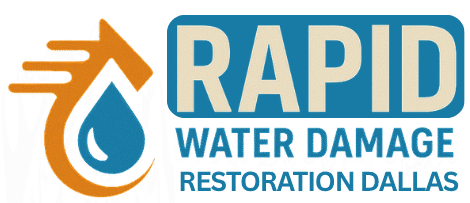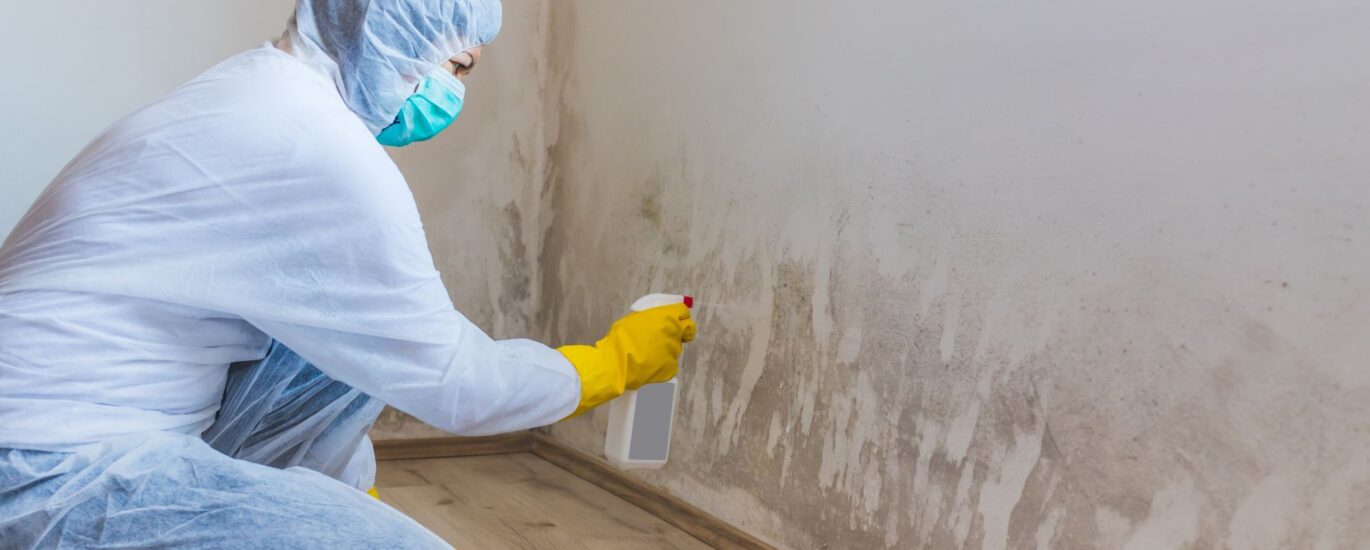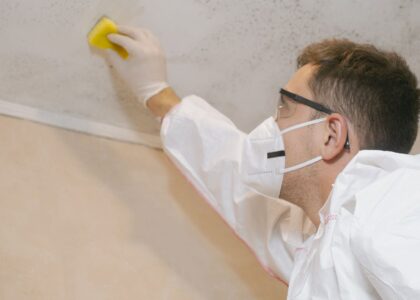Introduction
Mold often hides—behind drywall, in attics, beneath floors, inside HVAC ducts. In this post, we explore the hidden threats that allow mold to thrive, especially in modern homes. Understanding these allows you to prevent mold before it becomes a full-blown problem needing mold remediation.
Why Mold Hides — The Nature of Concealed Growth
Visible mold is just the tip of the iceberg. Hidden mold can:
- Grow within wall cavities
- Colonize behind insulation
- Infest HVAC system components
- Live beneath flooring or under subfloors
- Establish itself in attic or crawl spaces
These areas are dark, poorly ventilated, and often have moisture from leaks or condensation.
Common Contributors to Hidden Mold
1. Poor HVAC Design & Maintenance
Air ducts, air handlers, evaporator coils, and condensate pans may accumulate moisture. Without proper cleaning or insulation, mold can flourish inside HVAC components and then distribute spores throughout your home.
2. Building Envelopes & Insulation Issues
When walls or roofs lack proper vapor barriers or insulation, warm moist air can condense inside structural cavities, creating damp zones ideal for mold.
3. Crawlspaces & Basements
Often neglected and under-ventilated, these spaces may trap humidity and moisture.
4. Plumbing Runs Inside Walls
Leaks or condensation in plumbing lines inside walls can go unnoticed for long periods.
5. Attic Roof Condensation
Poor roof ventilation or attic insulation can lead to condensation, especially in climates with distinct warm/cool swings.
Detecting Hidden Mold — What to Look For
Even when mold isn’t visible, the following clues hint at trouble:
- A persistent musty smell even when no mold is visible
- Allergy or respiratory symptoms when you’re in certain rooms
- Unexplained water stains or discoloration on ceilings or walls
- Peeling paint or wallpaper, warping surfaces
- Frequent HVAC or duct-related issues
- Elevated humidity readings in certain zones
If you suspect hidden mold, it’s wise to engage professionals who can perform invasive inspections.
How Professionals Uncover Hidden Mold
A proper mold remediation begins with deep diagnosis:
- Inspection & Moisture Detection using tools like thermal imaging and borescopes
- Air & Surface Sampling to identify mold species and spore levels
- Containment & Airflow Control with barriers and negative pressure
- Removal, Cleaning & Restoration to eliminate contaminated materials and restore the area
Designing Out Mold — Building With Prevention in Mind
You can reduce mold potential by:
- Specifying vapor barriers and insulation appropriate for your climate
- Ensuring adequate ventilation (ridge vents, soffit vents, exhaust fans)
- Creating drainage planes and flashing to direct water away
- Designing HVAC systems with drain pans, cleanouts, and insulation
- Providing access to crawlspaces for inspection and ventilation
Conclusion
Hidden mold is a silent problem — it doesn’t always reveal itself immediately. But with some vigilance, smart design, and a clear understanding of remediation, property owners can stay ahead of it.
To learn more about the professional remediation process, visit our Mold Remediation page. If you suspect hidden mold and need assistance, don’t hesitate to reach out through our Contact Us page.



